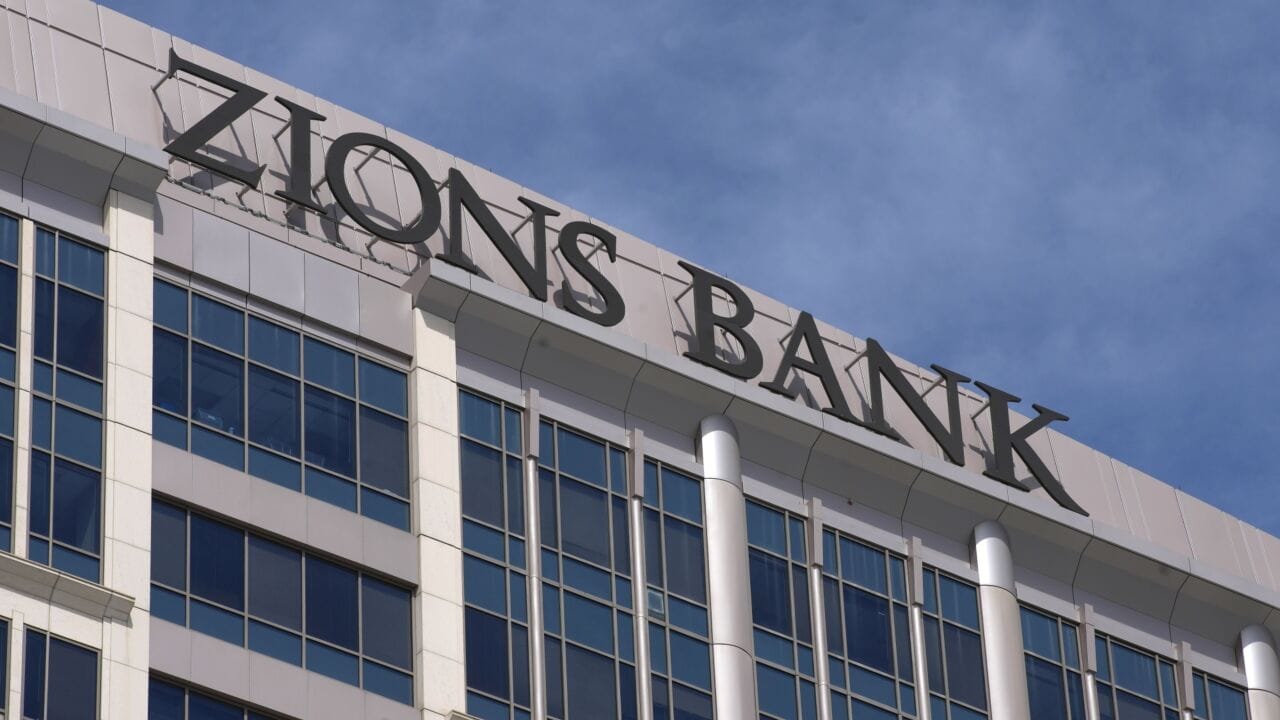The Big Short 2025
In 2008, the collapse of the American housing market triggered a chain reaction that led to the worst global financial crisis since the Great Depression. At the heart of the disaster was a system built on high-risk subprime mortgages, misleadingly packaged into complex financial products and sold under the illusion of safety. A few sharp-eyed investors recognized the instability early on and positioned themselves accordingly—profiting as the system crumbled.
If anyone believes we’ve truly learned from that crisis, let me open your eyes: we haven’t. The same weaknesses still exist today. Risky lending, poor oversight, and financial games are still part of the system. But this time, the danger isn’t hidden in confusing financial products—it’s right in front of us, in the balance sheets of smaller U.S. banks.
Let’s break it down:
A "regional bank" is a smaller bank that mostly serves a specific part of the country. Zions Bancorporation (ZION) is one of those banks. These banks often give loans to businesses and real estate developers in their area. That’s where the risk comes in. If the local real estate market starts to suffer, these banks can get into trouble.
Zions reported some worrying numbers
$849 million dollar of loans that look troubled
In the final quarter of 2024, Zions reported some worrying numbers:
- 4.8% of its loans are now "classified," which means they’re showing signs of trouble. That’s about $777 million in loans that could go bad.
- 5.9% of its loans are "criticized," meaning they’re not looking good either. That adds up to $849 million.
- Most of these risky loans are tied to commercial real estate—like office buildings, warehouses, and apartments.
Even though Zions hasn’t lost much money yet (charge-offs are low at 0.24%), the warning signs are piling up. They haven’t increased their safety net (called the "allowance for credit losses"), even though their risk is growing.
Investors have noticed. Zions is now ranked 16th on BanksOnTheBrink.com, a website that tracks risky banks. Its stock price has fallen 25.83% since March 1, 2025. The bank has little cash (only 2.25% of assets) and a high level of debt.
This isn’t just about Zions. Many banks in the SPDR S&P Regional Banking ETF (KRE), a group of regional banks, are in similar trouble. They all gave out a lot of real estate loans during the good times. Now, with interest rates rising and office spaces sitting empty, those loans are looking shaky.
Florida is a good example. It saw a real estate boom during and after the pandemic. But now, things are changing. People aren’t going back to offices like they used to. Insurance costs are rising. Properties are losing value.
Performance Over the Last Month:
- Zions’ stock fell from approximately $60 in late February to $50.66 as of March 27, 2025, a decline of nearly 16%.
- KRE dropped from around $68 to $58.01 during the same period, down about 15%.
- Meanwhile, the S&P 500 (SPY) held relatively steady, slipping just over 2% to close at $568.59.
Over the past year, both Zions and KRE have done worse than the S&P 500. That shows investors are already worried.
What does this mean?
It means we might be seeing the early signs of another financial problem—this time tied to real estate and smaller banks. If we don’t pay attention, we could be heading toward another crisis. The cracks are forming. Zions might just be the first to show it.
For investors who believe that regional banks like Zions could see further declines, one of the most direct ways to potentially profit is through put options. A put option is a contract that gives you the right—but not the obligation—to sell a stock at a predetermined price (the strike price) before a specific date (the expiration date).
If the stock drops below the strike price, the value of the put option rises. For instance, buying a put option on ZION with a $50 strike price would increase in value if ZION drops to $45 or lower. Likewise, KRE options can be used to express a bearish view on the entire regional banking sector.
This strategy is powerful because it allows you to benefit from downside moves without shorting the stock directly. It’s commonly used to hedge portfolios or as a targeted speculative play.
In the context of Zions and the broader cohort of regional banks, put options offer a practical vehicle for expressing a bearish view while maintaining defined downside risk. Here’s how investors might approach it:
- Consider ZION put options expiring in the next two to six months. This timeframe allows for a potential deterioration in loan performance or broader risk-off sentiment to materialise.
- For those seeking exposure to the broader sector, put options on the SPDR S&P Regional Banking ETF (KRE) offer a cleaner way to capture systemic weakness without single-name risk.
- The premium paid for these options defines the maximum potential loss. Should valuations fall further, the upside can be considerable, especially during sharp market repricings.
Be aware, options trading involves risk. You should understand implied volatility, time decay, and the pricing mechanics of options before diving in. That said, for those who believe commercial real estate pressure will keep building, put options may be one of the cleanest ways to profit while the rest of the market continues to overlook these growing cracks.
In case you are on of those investors believing in the decline the regional banks in 2025, then Interactive Brokers is the ideal platform to trade your stocks.




